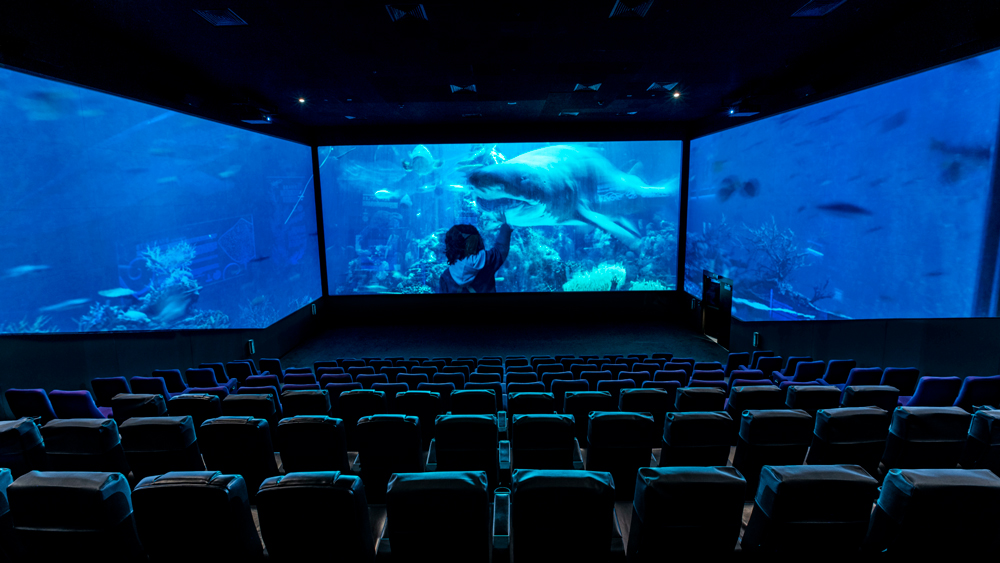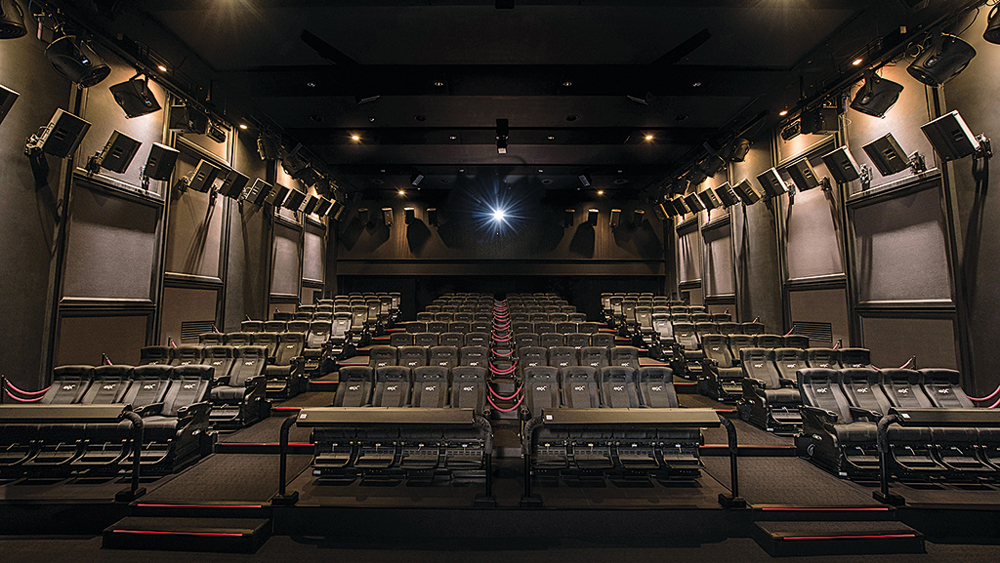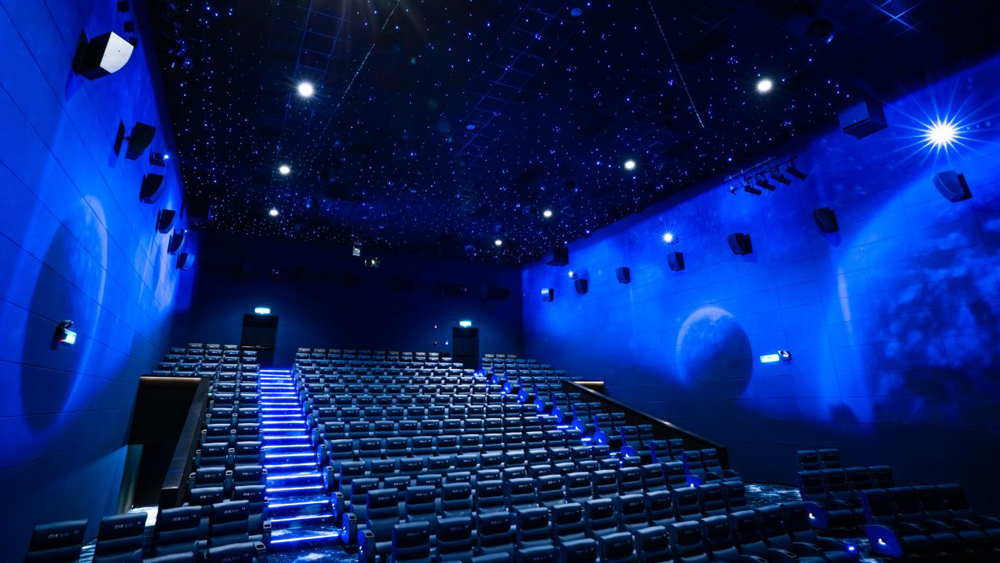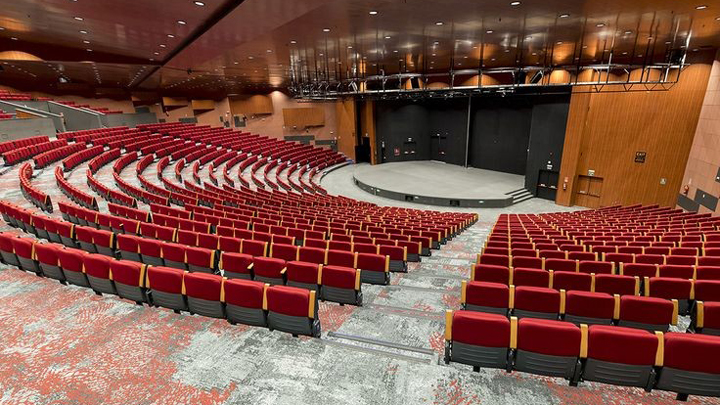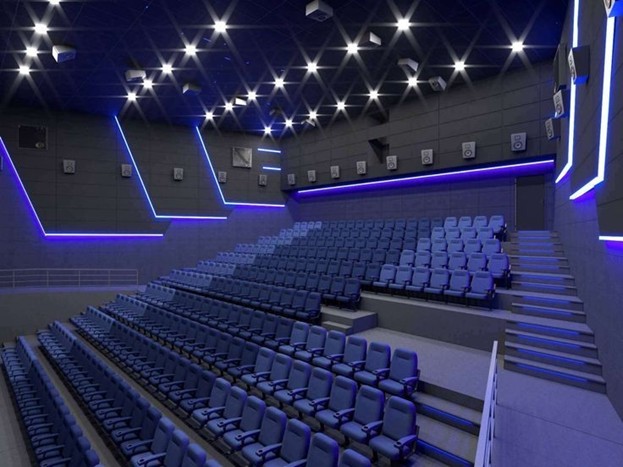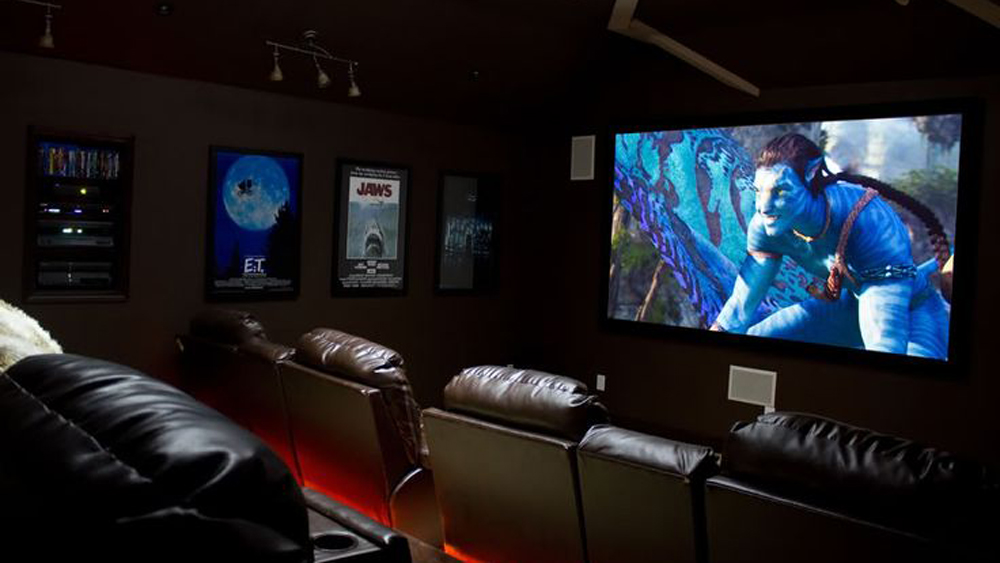The world of cinema has been in constant evolution since its inception, with technology pushing the boundaries of what is possible in the film-viewing experience. Today, we stand on the cusp of a new era in entertainment: the rise of Next-Gen Cinemas. These futuristic theaters are redefining the traditional movie-watching experience by integrating cutting-edge technology, advanced design principles, and personalized services, offering audiences more immersive and engaging experiences than ever before.
From holographic displays to virtual reality (VR) headsets, Next-Gen Cinemas are about to change the way we watch films. These technological advancements go far beyond what we’ve seen in traditional theaters. Imagine sitting in a room where the screen is no longer just in front of you, but surrounds you. Picture a world where theater seating is more than just comfortable; it adapts to your body and moves to match the action in the film. In just a few short years, such experiences may no longer be science fiction, but a reality for moviegoers around the world.
The Evolution of Cinematic Technology
The cinematic experience has transformed tremendously over the years, driven by leaps in technology. The transition from silent films to talkies, black-and-white to color, and the rise of digital projection have all revolutionized the movie industry. However, Next-Gen Cinemas are poised to take the viewing experience to an entirely new level.
One of the major drivers behind this revolution is the rapid advancement of display technology. Traditional cinema screens, while large and impressive, are static and often limited in their ability to create a truly immersive experience. In contrast, Next-Gen Cinemas are exploring innovative technologies such as 360-degree screens, augmented reality (AR), and virtual reality. These advancements will allow viewers to become fully immersed in the narrative, as the film wraps around them, providing a sense of presence that conventional screens simply cannot match.
Moreover, ultra-high-definition (UHD) screens, with resolutions four to eight times greater than current standards, are becoming the norm in high-tech theaters. These screens offer unparalleled clarity, depth, and realism, allowing every detail of the film to be experienced as the director intended. Additionally, with the incorporation of advanced HDR (High Dynamic Range) technology, these cinemas can present more vibrant colors and a greater contrast between light and dark, further enhancing the viewer’s experience.
Audio technology is also making significant strides in Next-Gen Cinemas. Traditional surround sound systems are being replaced with immersive, 3D audio technologies, which provide sound that moves dynamically throughout the theater. In this way, the auditory experience matches the visual spectacle, enveloping viewers in sound that feels as if it’s coming from all directions. This dynamic sound design helps to create a more intense emotional connection between the audience and the story being told on screen.
Theater Seating and Audience Comfort
An often-overlooked aspect of the movie-going experience is theater seating, which plays a crucial role in audience comfort and engagement. In Next-Gen Cinemas, seating is no longer just about finding a comfortable chair. Advanced ergonomic designs are being implemented to ensure maximum comfort for extended periods. Many of these theaters are introducing recliners with customizable settings, allowing viewers to adjust their seats according to their preferences.
What makes Next-Gen Cinemas unique is their integration of motion seating, which adds a physical dimension to the viewing experience. These motion seats move in sync with the action on screen, subtly vibrating or shifting to mimic the sensation of driving a car, flying through space, or feeling the rumble of an explosion. This kind of sensory engagement transforms passive viewing into an active experience, pulling the audience deeper into the film.
In addition to comfort, Next-Gen Cinemas prioritize accessibility. Wheelchair-accessible seating and adaptable designs that cater to the needs of all viewers ensure that no one is left out of the experience.
High-Tech Theaters and the Role of Artificial Intelligence
One of the most exciting developments in Next-Gen Cinemas is the increasing role of artificial intelligence (AI) in enhancing the overall experience. AI is being used in high-tech theaters to personalize the movie-watching experience based on individual preferences. From adjusting lighting and sound to recommending films, AI can create a tailored experience for each moviegoer. For instance, facial recognition technology could be used to analyze audience reactions and adjust the sound or brightness levels in real time, ensuring that everyone in the theater enjoys the film to its fullest.
AI is also being utilized to streamline ticketing and concessions, making the entire process more efficient and enjoyable. Smart kiosks can recommend food and beverage choices based on past purchases or even suggest seat selections based on viewing habits. This level of customization and convenience is unprecedented in the cinema industry, creating a seamless and personalized experience from start to finish.
Furthermore, AI is helping to revolutionize the way films are marketed and consumed. Using data analytics, cinema chains can determine what kinds of films perform best in which regions and tailor their schedules accordingly. This not only benefits the cinema operators but also ensures that audiences have access to films that resonate with their interests and preferences.
Innovative Cinema Design
In addition to technological innovations, Next-Gen Cinemas are embracing innovative cinema design to create environments that enhance the overall experience. Architects and designers are reimagining the traditional movie theater layout, incorporating elements that contribute to the immersive nature of the film.
For example, dome-shaped theaters are becoming more popular, as they provide a 360-degree viewing experience, where the screen completely surrounds the audience. This type of design, often used in planetariums, allows for a more engaging and interactive experience, especially when paired with AR and VR technologies. Additionally, some theaters are being designed with modular layouts, allowing for flexible seating arrangements that can be adjusted based on the type of film being shown or the preferences of the audience.
Lighting is another critical aspect of innovative cinema design. Rather than relying solely on overhead lights, Next-Gen Cinemas are incorporating dynamic lighting systems that change in sync with the action on screen. These lighting systems can enhance the mood and atmosphere, making the entire environment part of the storytelling process. For example, during a space-themed movie, the theater’s lighting may mimic the cold, dark ambiance of outer space, further immersing viewers in the film.
Additionally, Next-Gen Cinemas are incorporating eco-friendly and sustainable design elements. Solar panels, energy-efficient lighting, and sustainable building materials are being used to reduce the environmental impact of these theaters. This focus on sustainability reflects a broader trend within the entertainment industry to adopt greener practices and reduce their carbon footprint.
The Future of Film Watching
The advent of Next-Gen Cinemas represents a significant shift in the way we experience films. With advancements in technology, personalized services, and innovative cinema design, these theaters are offering a more immersive, engaging, and tailored experience than ever before. As these futuristic cinemas continue to evolve, we can expect to see even more exciting developments on the horizon.
The integration of AR, VR, and AI into the movie-watching experience is just the beginning. In the coming years, Next-Gen Cinemas could offer entirely new forms of interactive storytelling, where viewers have the ability to influence the plot or interact with characters in real-time. These advancements will not only revolutionize the cinema industry but also redefine entertainment as we know it.
In conclusion, Next-Gen Cinemas are leading the charge toward the future of film. By combining high-tech theaters, ergonomic theater seating, and innovative cinema design, they are setting a new standard for what moviegoers can expect from their viewing experience. As these technologies become more accessible, it’s only a matter of time before the futuristic cinema experience becomes the norm for audiences worldwide.


